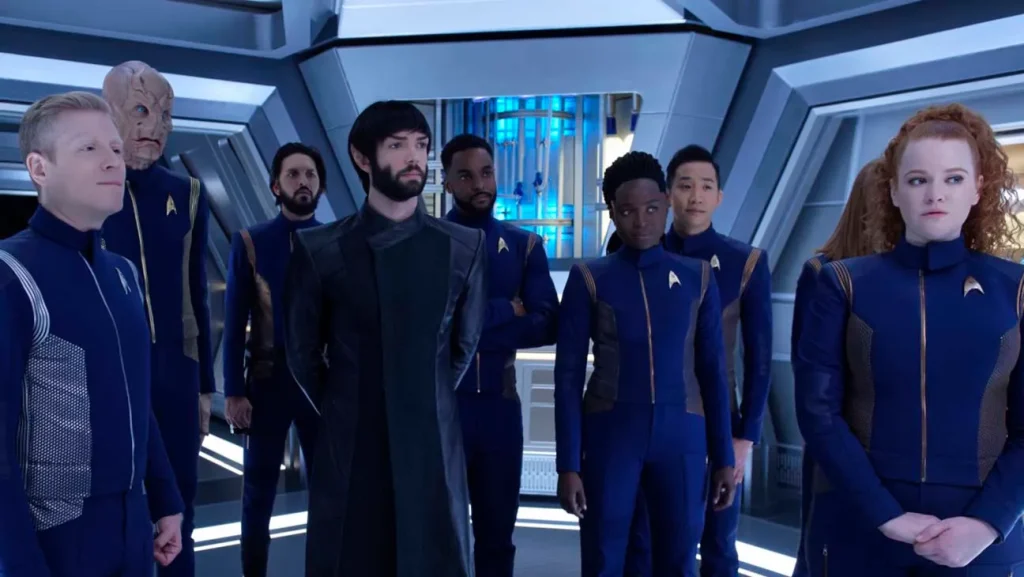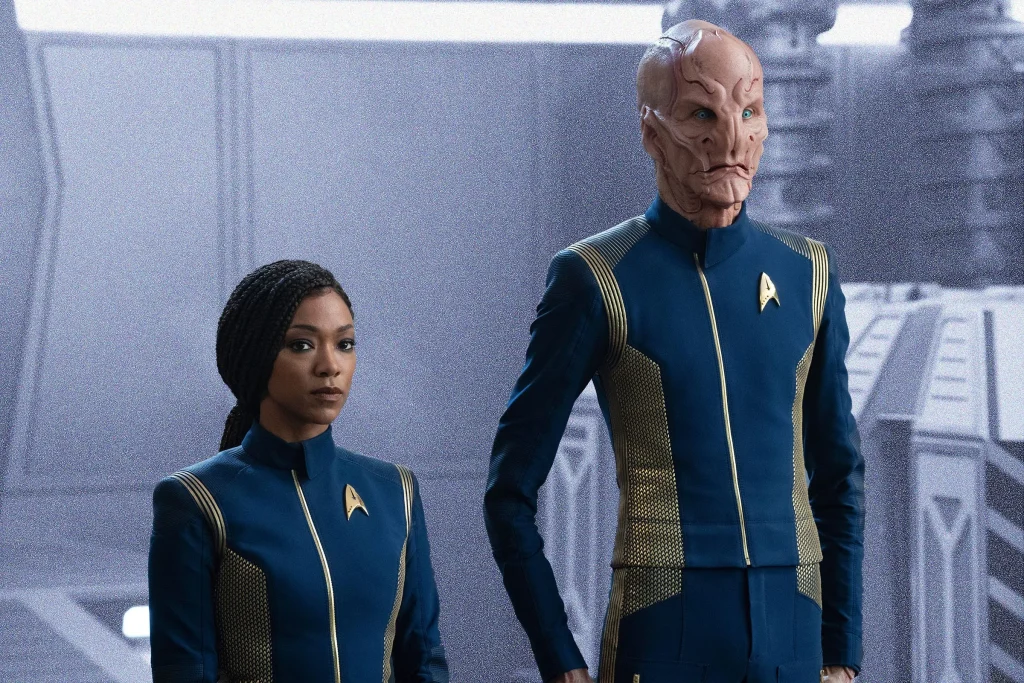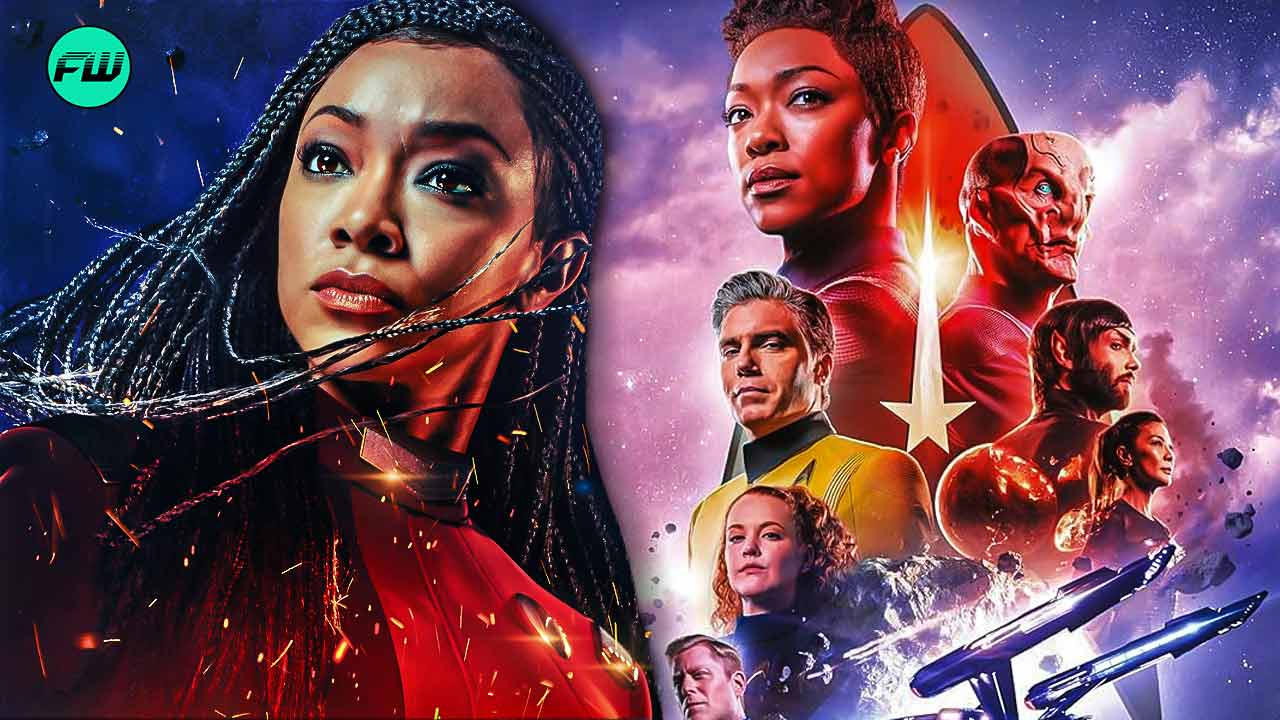Star Trek: Discovery, which is the 7th series that encompassed the massive Star Trek franchise, debuted its first season in 2017 and is now in its 5th and final season which aired in Paramount+ on April 4, 2024. The show is a prequel that follows the crew of the starship Discovery a decade before the events of Star Trek: The Original Series.

When the series was given the greenlight, there were speculations from certain fans regarding the timeline that it was set in as they believed that prequels were becoming redundant. The show though, took a risky and bold decision regarding the time factor after two seasons that allowed them to work without the pressure of continuity while also creating a whole new narrative that could be freshly developed.
Star Trek: Discovery’s Quest For Change Led To This Bold Move
From its first season upto its final swansong which ended on the 30th of May, the response to Star Trek: Discovery has been lukewarm at best. The narrative which follows the lead character of science specialist-turned ship captain Michael Burnham played by Sonequa Martin-Green, has not been at the top of fans’ lists since it premiered in 2017.

But this is not for want of trying on the part of series producer and co-showrunner Alex Kurtzman. When it was announced that the show would be set a decade before Star Trek: The Original Series, there were speculations from fans who experienced a ‘been there done that’ vibe regarding the concept of prequels.
While the first two seasons followed this timeline, the production team made the decision to change up this concept from the 3rd season onwards. Completely rebooting the show, Kurtzman and team pushed the narrative forward 900 years into the future.
This then gave them the leeway to create a completely new plot line with a new set of challenges that did not have the pressure to adhere to its predecessors in terms of continuity. Speaking of the freedom that this move allowed, the showrunner told Variety,
The idea that the crew had to jump to the furthest timeline that had ever existed in anything Star Trek would allow us to totally rewrite the rules and create a whole new set of variables that the team would suddenly have to deal with, that they were both prepared for and totally ill-prepared for.
While this helped Star Trek: Discovery to be viewed through a new lens without comparisons, the fact remained that the show did not garner as much hype as expected from an iconic franchise.
How Star Trek: Discovery Pioneered Gender Awareness
Star Trek: Discovery may not have set the television screens alight, but the show was a pioneer in many ways, especially with regards to awareness about the LGBTQ+ community, surprisingly before any of its more famous predecessors.

For starters the characters of Dr. Hugh Culber and Lt. Stamets were seen as members of the gay community while season 3 introduced Adira, a trans human played by real life non-binary actor Blu Del Barrio. The character too is seen ultimately coming out as non-binary in the show. In addition, Adira’s boyfriend Gray was played by trans actor Ian Alexander.
Speaking about the importance of representation and the significance of having a diverse cast to promote gender equality, showrunner Michelle Paradise was clear that this was a necessary step forward for the franchise (via Looper).
Star Trek has always made a mission of giving visibility to underrepresented communities because it believes in showing people that a future without division on the basis of race, gender, gender identity or sexual orientation is entirely within our reach.
To put her statement into context, the franchise has earlier pioneered inter-racial storylines as far back as the 80s. But it was only 3 decades later through Star Trek: Discovery that the first reference to an LGBTQ+ character was defined.
All seasons of Star Trek: Discovery are streaming on Paramount Plus.




